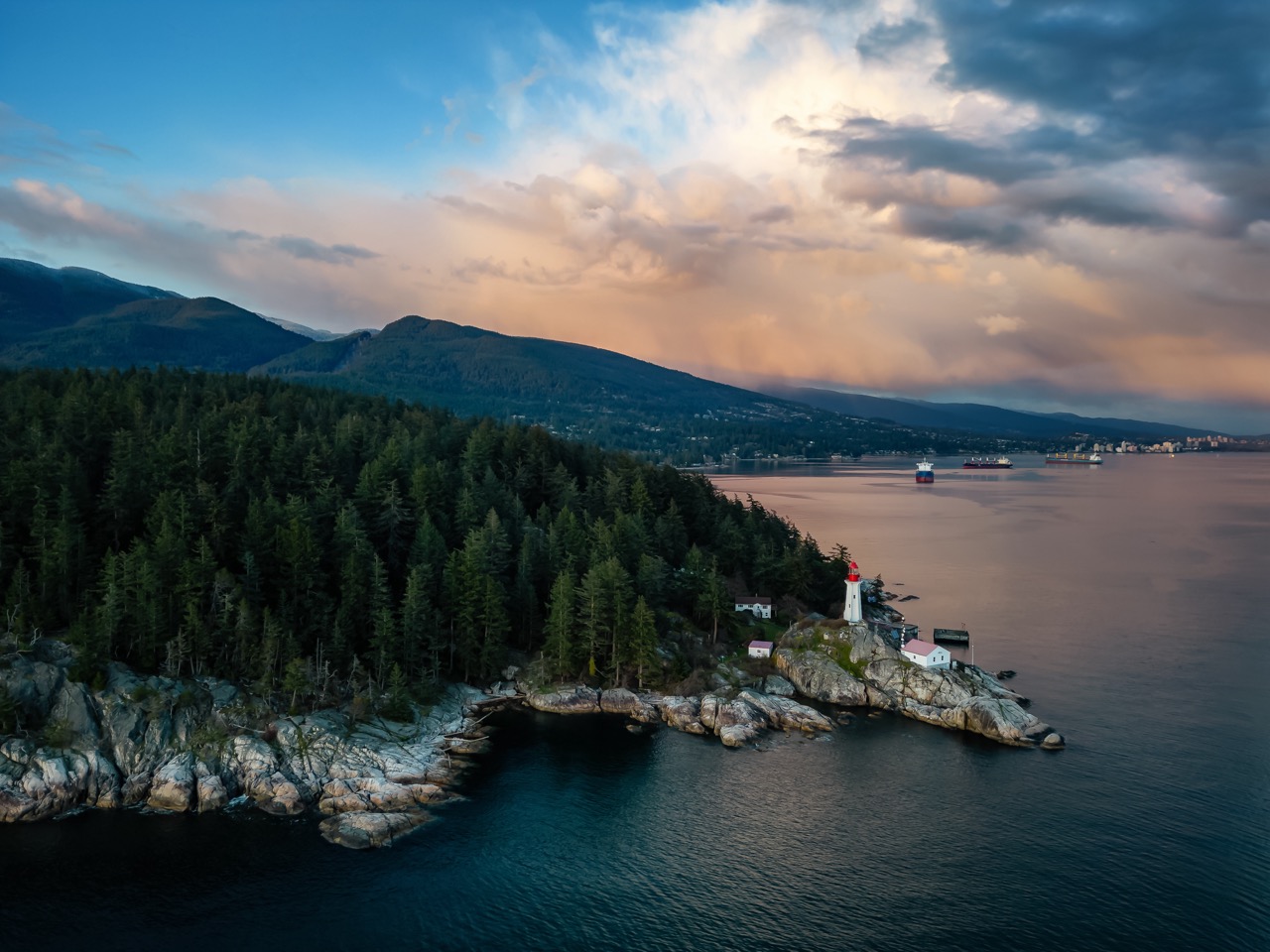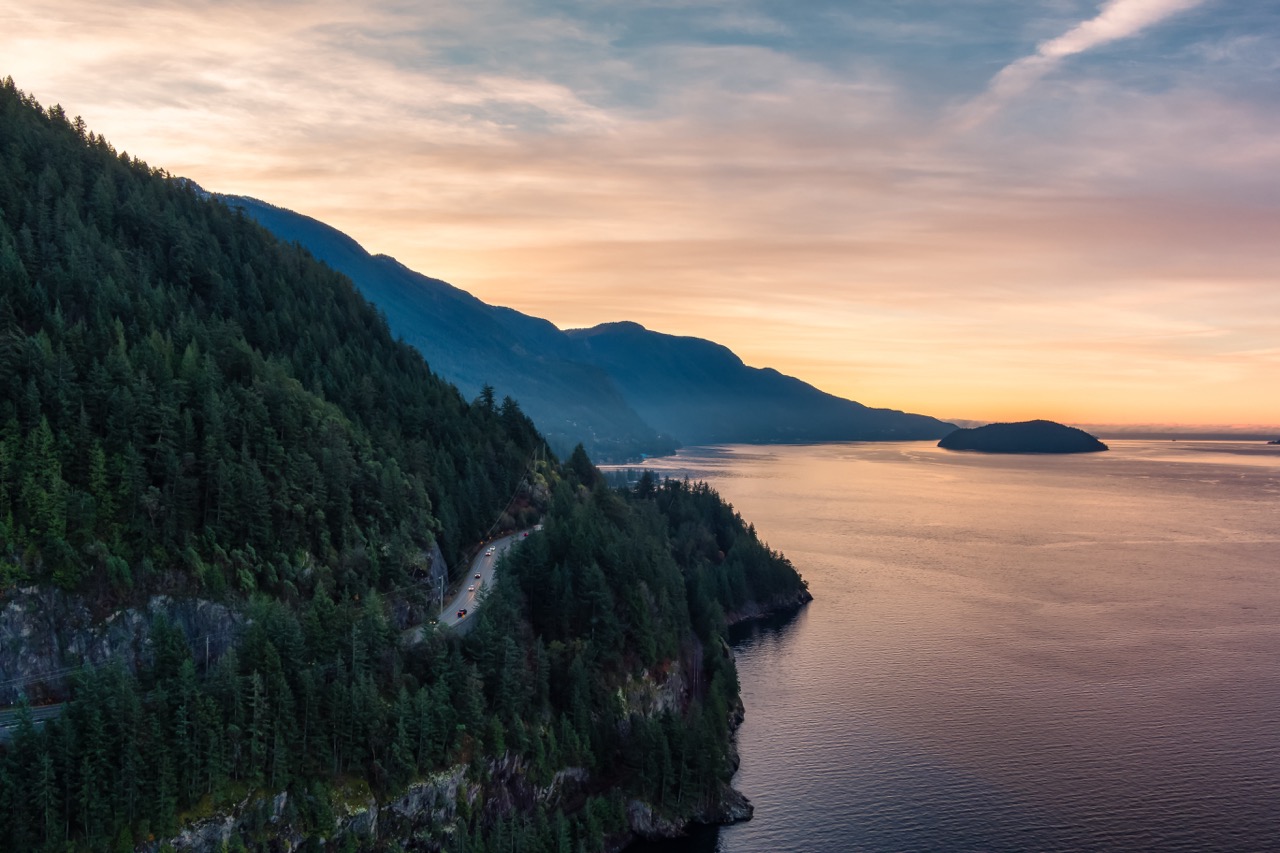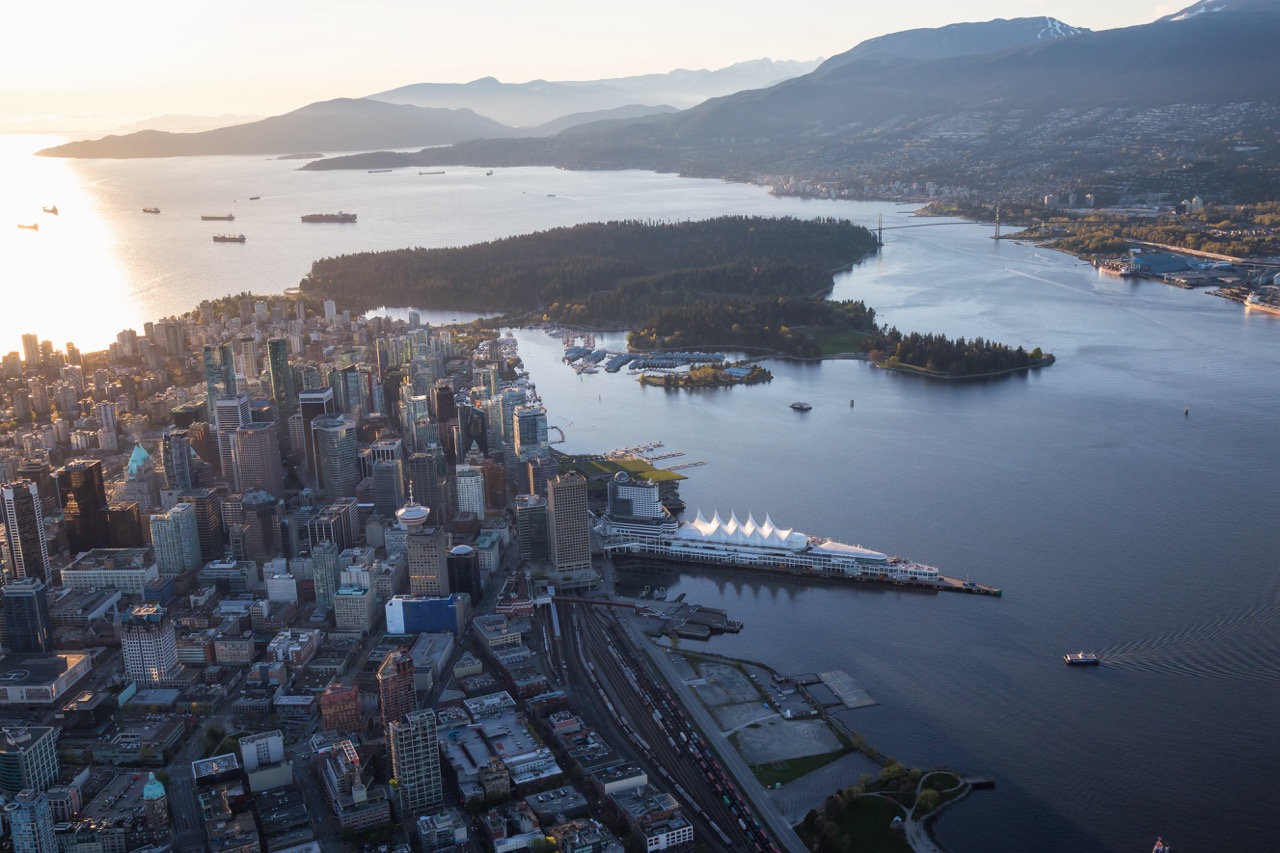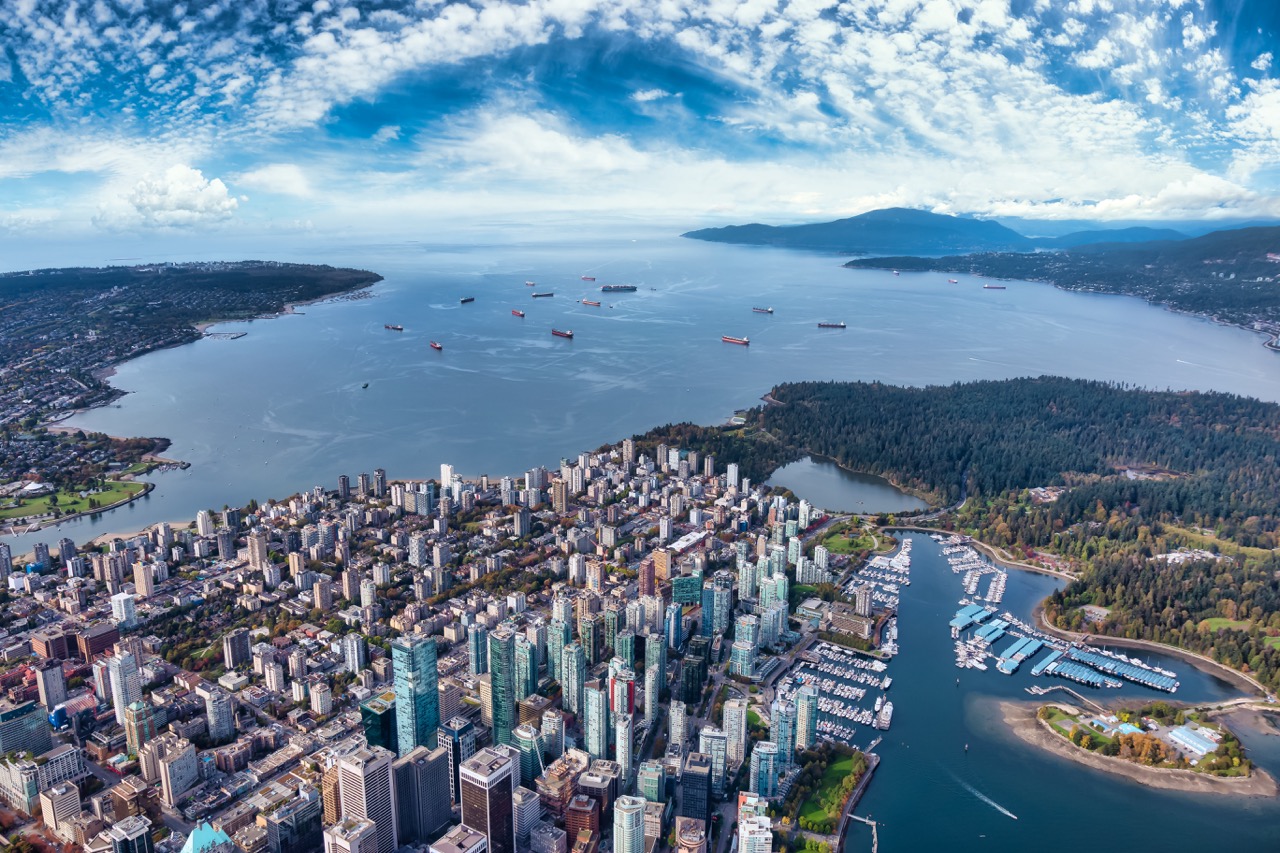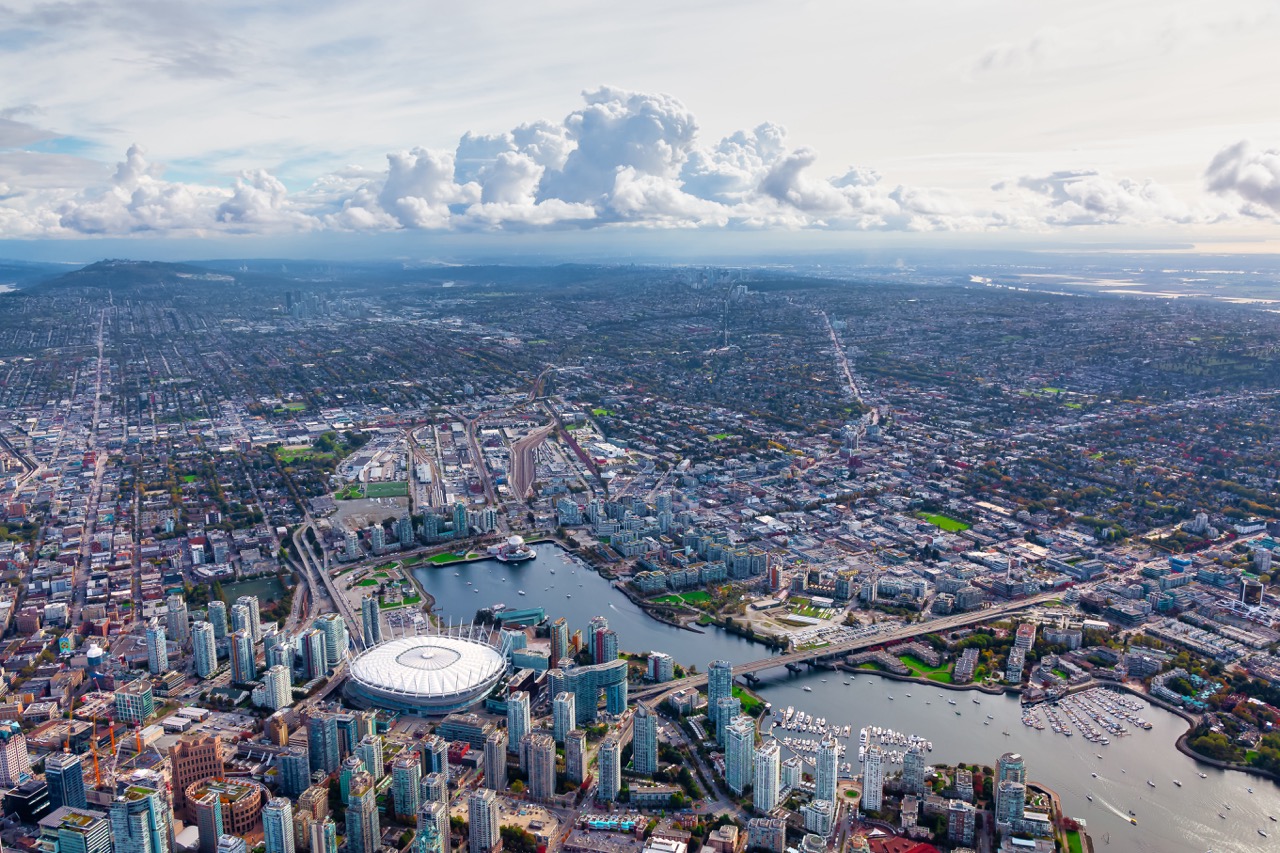British Columbia, a province rich in diversity and natural beauty, is also home to a vibrant Indigenous art scene that is reshaping its cultural identity. Indigenous artists are not only preserving ancient traditions but are also reinterpreting them in modern contexts to reflect contemporary issues and narratives. This article delves into the multifaceted world of Indigenous art in British Columbia, exploring how these creators are weaving their ancestral stories into the fabric of today’s society.
Voices of the Land: Indigenous Art in British Columbia
Indigenous art in British Columbia serves as a powerful expression of the connection between the people and the land. Artists draw inspiration from the lush landscapes, the waters, and the flora and fauna that surround them. The natural world is not merely a backdrop but a living entity that imbues their work with spiritual significance. From intricate carvings to vibrant paintings, each piece tells a story that echoes the voices of the land, inviting viewers to engage with the rich cultural narratives embedded within.
Artists such as Bill Reid and Dempsey Bob are notable figures who have gained international recognition for their ability to blend traditional techniques with contemporary themes. Reid’s masterful totem poles and Bob’s dynamic sculptures reflect both the heritage of their communities and the evolution of Indigenous artistic expression. These artists are not only preserving ancient practices but are also making a statement about the resilience and adaptability of Indigenous cultures in a rapidly changing world.
The influence of Indigenous art extends beyond individual creators; it fosters communal identity. Gallery spaces and cultural institutions in British Columbia are increasingly showcasing Indigenous art, providing a platform for artists to reach broader audiences. By amplifying these voices, the art itself becomes a channel for dialogue, bridging gaps between Indigenous and non-Indigenous communities, and igniting conversations about cultural respect, authenticity, and the importance of representation.
Weaving Stories: The Role of Tradition in Modern Art
Tradition plays a pivotal role in Indigenous art, serving as a foundation upon which contemporary artists build their unique narratives. The process of weaving stories from the past into current practices allows artists to honor their ancestors while addressing modern concerns. Techniques passed down through generations, such as weaving, carving, and storytelling, are integral to this fusion, creating a rich tapestry that speaks to both heritage and innovation.
Artists like Susan Point and Robert Davidson exemplify the blending of traditional and contemporary styles, using their work to address themes of identity, colonialism, and resilience. Point’s innovative use of Coast Salish design elements reimagines traditional motifs in ways that resonate with contemporary audiences. Davidson, a master of formline design, draws from his Haida heritage to create pieces that challenge perceptions of Indigenous art in a modern context, emphasizing the fluidity of cultural expression over time.
Moreover, workshops and educational programs have emerged, enabling younger generations to learn these traditional practices. This not only helps in the preservation of cultural heritage but also inspires a renewed sense of pride among Indigenous youth. As they engage with their artistic legacy, they are empowered to express their unique perspectives and experiences, contributing to the ongoing narrative of Indigenous culture in British Columbia.
From Canvas to Community: Art as Cultural Expression
Art in Indigenous communities often transcends individual expression; it serves as a vital communal activity that fosters connection and unity. Collective projects, such as murals and public installations, are becoming more prevalent in British Columbia, providing spaces for collaboration among artists and community members. These artistic endeavors not only beautify public spaces but also reinforce cultural identity and shared values.
For instance, the creation of community art projects in urban areas allows Indigenous people to reclaim public spaces that reflect their history and presence. Artists collaborate with local communities to create works that celebrate their heritage while addressing contemporary social issues, such as land rights and environmental stewardship. This communal approach to art-making fosters a sense of belonging and empowers individuals to take ownership of their cultural narratives.
Furthermore, the role of art extends beyond aesthetics; it becomes a tool for activism and social change. Indigenous artists are increasingly using their platforms to address pressing issues such as climate change, social justice, and systemic inequality. Through exhibitions, performances, and online campaigns, they ignite conversations that challenge societal norms and advocate for the rights of Indigenous peoples. In this way, art becomes a dynamic force for change, weaving the voices of the community into the broader dialogue about identity and justice.
Bridging Past and Present: The Evolution of Indigenous Art
The evolution of Indigenous art in British Columbia reflects a complex interplay between historical experiences and contemporary realities. As Indigenous artists embrace modernity, they also confront the legacies of colonization and cultural erasure. This reconciliation of past and present is evident in their work, which often incorporates traditional elements alongside modern techniques and materials, creating a dialogue between time periods.
The resurgence of Indigenous art movements since the 1960s signifies a reclaiming of identity and cultural expression. Artists are deliberately challenging stereotypes and misconceptions about Indigenous culture, presenting a more nuanced narrative that celebrates diversity within Indigenous communities. This evolution is not only about aesthetics but also about asserting agency and redefining what it means to be Indigenous in a contemporary context.
As Indigenous art continues to evolve, it is essential to recognize its role as a living, breathing entity that adapts to the changing world. The integration of technology, social media, and new artistic mediums invites fresh perspectives and innovations. By bridging the gap between traditional practices and modern interpretations, Indigenous artists in British Columbia are redefining their cultural identity, ensuring that their voices resonate powerfully in the present and future.
Indigenous artists in British Columbia are at the forefront of a cultural renaissance, intertwining tradition with modernity to redefine their identity in a contemporary context. Through their work, they not only honor their ancestral heritage but also engage in vital conversations about social justice, community, and resilience. As these artists continue to shape the landscape of British Columbia’s cultural identity, they remind us of the profound impact of art as a medium for expression, connection, and transformation.

